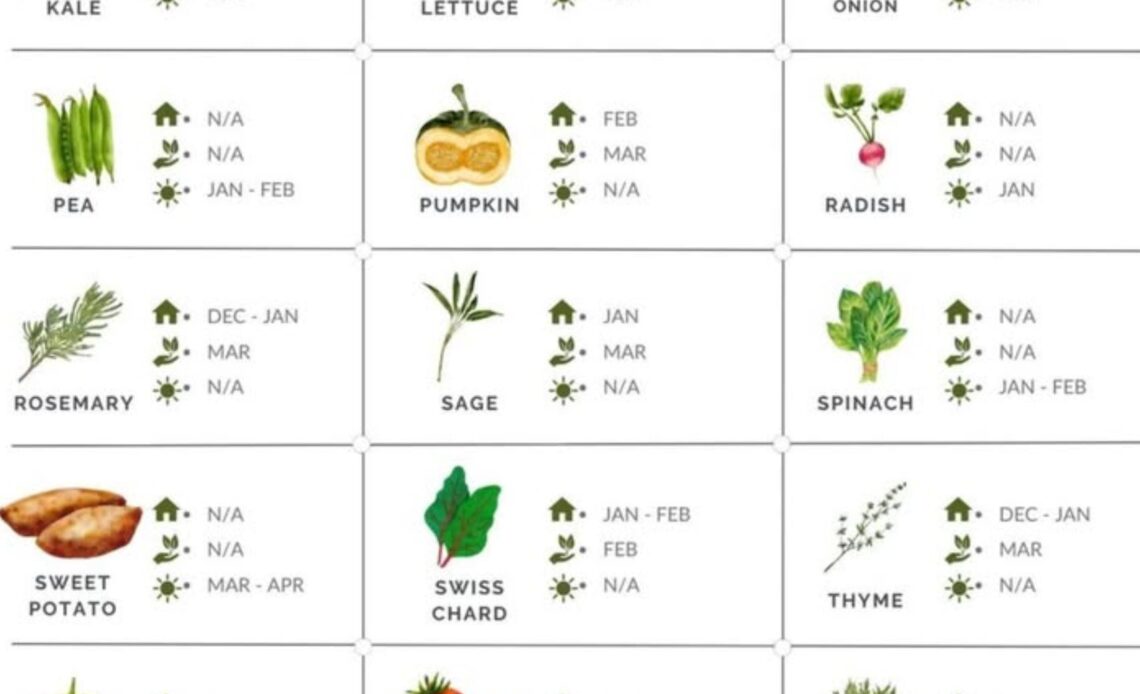Gardening is more than just planting seeds and watching them grow. It is an art and science that requires knowledge of seasonal cycles, climate conditions, and plant behavior. One of the most critical aspects of successful gardening is understanding the right timing for planting. Whether you are growing fruit trees or vegetables, planting at the optimal time can make the difference between a bountiful harvest and disappointing results.
## Understanding the Importance of Timing
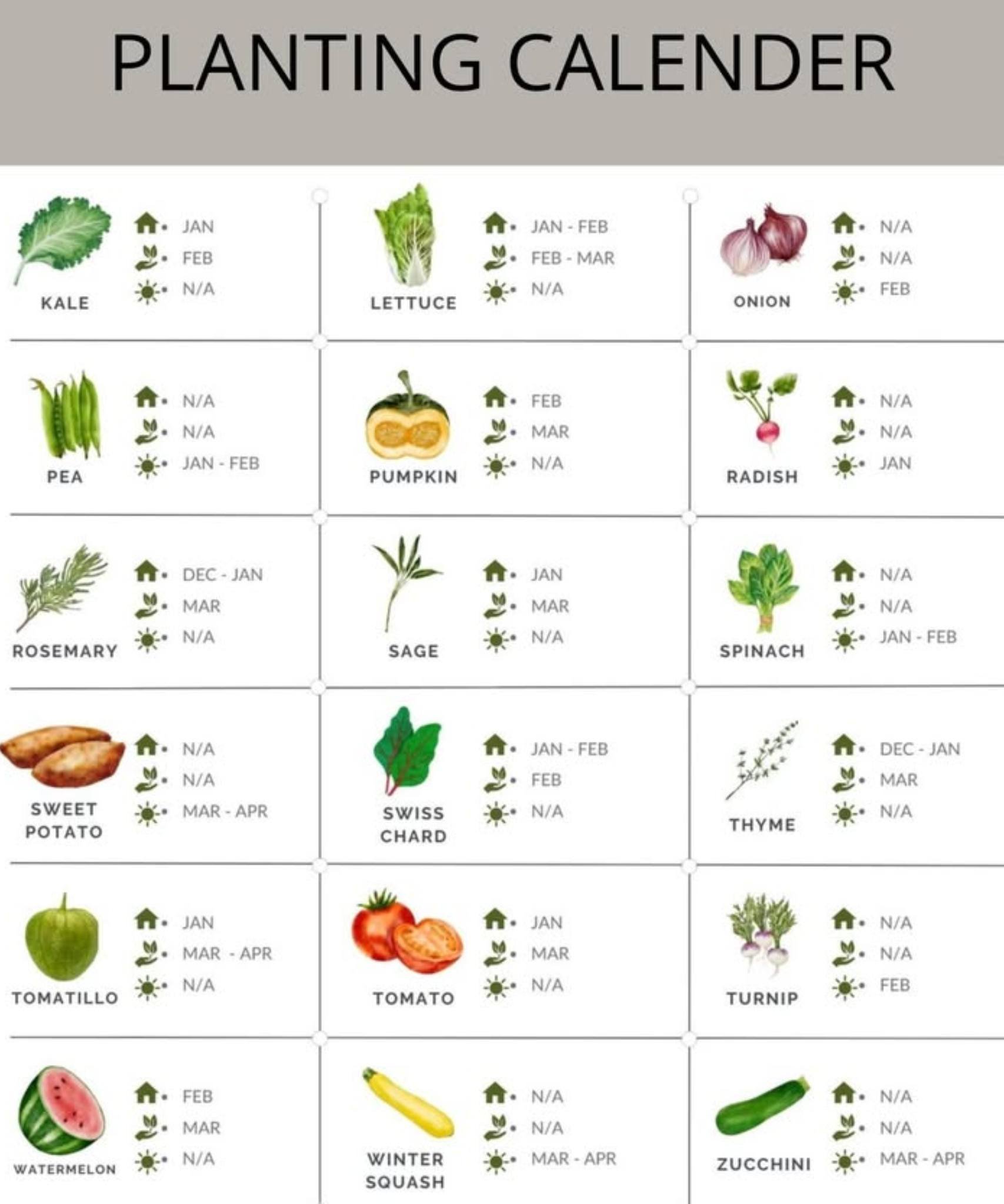
Every plant has a preferred growing season that aligns with its natural growth cycle. When you plant at the right time, you provide your crops with the best possible conditions for growth. This includes the right temperature, sufficient sunlight, and an ideal soil environment.
Planting too early or too late can expose your plants to unfavorable conditions such as frost, extreme heat, or insufficient rainfall. Understanding a planting calendar tailored to fruit trees and vegetables can help you maximize your yield while ensuring the health of your plants.
## Planting Calendar for Fruit Trees
### **Winter (December to February)**
Winter is a time of dormancy for many fruit trees, making it an excellent period to plant certain varieties, especially those that require a period of cold to stimulate growth.
– **Apple, pear, plum, peach, and cherry trees**: These deciduous trees thrive when planted in winter while they are dormant. This allows them to establish strong root systems before spring growth.
– **Citrus trees (orange, lemon, lime)**: In regions with mild winters, citrus trees can be planted in winter to take advantage of the early growing season.
– **Kiwi and avocado**: These trees can be started in warm climates where frost is not a concern.
### **Spring (March to May)**
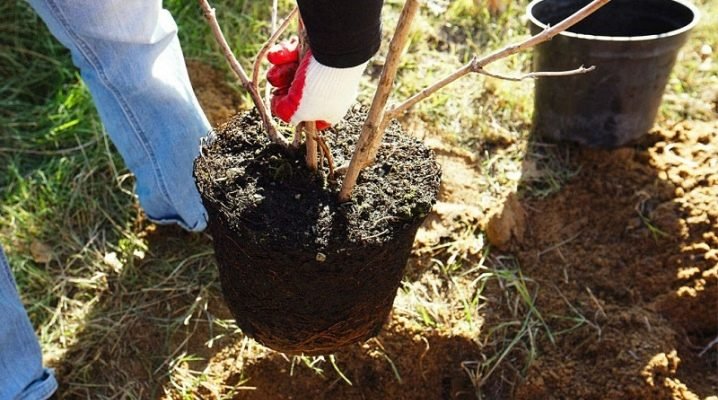
Spring is the most popular season for planting fruit trees. The warming temperatures and increased daylight hours support healthy root establishment and early growth.
– **Olive, fig, and apple trees**: If they were not planted during winter, early spring is still an excellent time.
– **Citrus trees**: These can also be planted if not done during winter.
– **Training pruning**: Spring is a good time to prune young fruit trees to help them develop a strong structure.
### **Summer (June to August)**
Summer is generally not ideal for planting new fruit trees due to the high temperatures, but in tropical and subtropical regions, it can be a good time for certain species.
– **Mango and avocado trees**: These tropical trees thrive when planted in warm conditions.
– **Harvesting season**: Many fruit trees planted in earlier seasons will be in full production during summer, providing an abundant harvest.
### **Fall (September to November)**
Fall is another excellent season for planting fruit trees, as the cooler temperatures reduce transplant shock and allow trees to establish roots before winter.
– **Cherry, apple, and pear trees**: These trees benefit from fall planting, particularly in cold regions where they can develop strong root systems before winter.
– **Transplanting young trees**: Trees grown in containers can be transplanted into the ground during fall to give them a head start for the next season.
## Planting Calendar for Vegetables
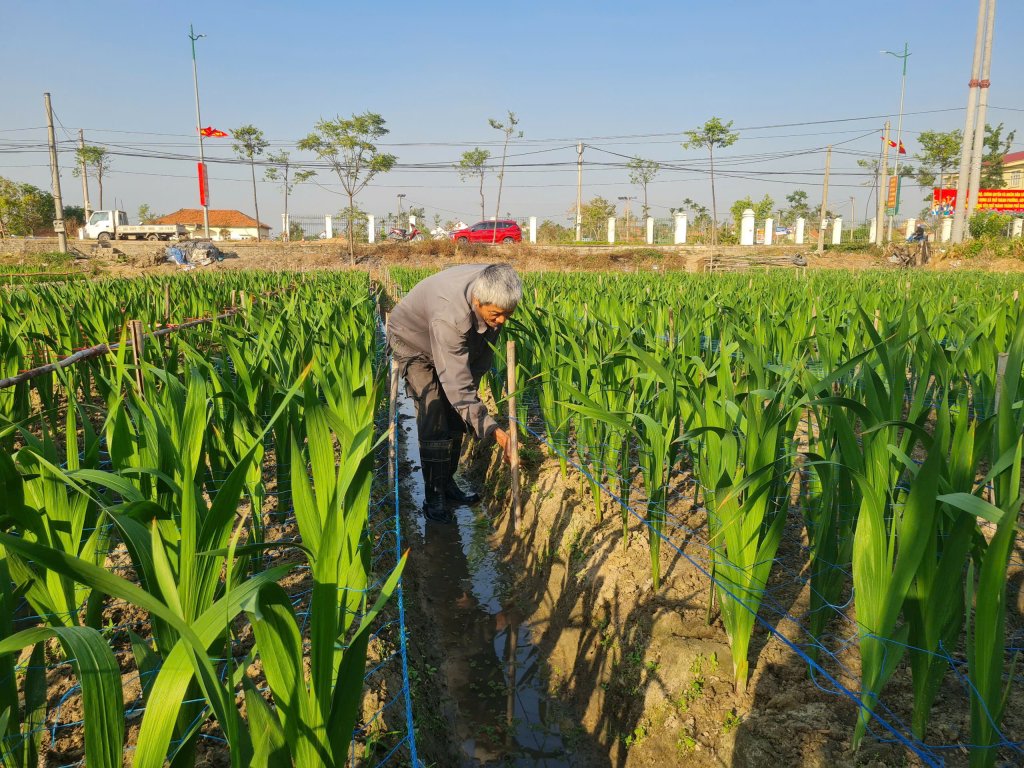
### **Winter (December to February)**
While winter is considered an off-season for many plants, several vegetables thrive in cold conditions.
– **Garlic, onions, and artichokes**: These crops require a cold period to develop properly.
– **Cabbage, peas, and asparagus**: Cold-hardy vegetables that can withstand lower temperatures.
– **Indoor sowing**: In cold climates, start seeds indoors or use greenhouses to prepare for spring planting.
### **Spring (March to May)**
Spring is the prime season for planting a wide variety of vegetables.
– **Tomatoes, peppers, eggplant, and squash**: These warm-season crops thrive in the rising temperatures of spring.
– **Lettuce, radishes, and cucumbers**: Fast-growing vegetables that benefit from the mild conditions of early spring.
– **Transplanting seedlings**: Seedlings started indoors during winter can be moved outdoors.
### **Summer (June to August)**
Summer brings long days and high temperatures, making it essential to choose heat-tolerant crops.
– **Corn, zucchini, and green beans**: These vegetables thrive in the summer heat.
– **Eggplant, tomatoes, and peppers**: Continue to grow well, provided they receive adequate watering.
– **Irrigation management**: Proper watering is crucial to prevent heat stress on plants.
### **Fall (September to November)**
Fall is a transitional season that allows gardeners to plant crops for winter harvesting.
– **Spinach, broccoli, and cauliflower**: These cool-season crops flourish as temperatures drop.
– **Beets, carrots, and turnips**: Root vegetables that develop well in cooler conditions.
– **Preparing for winter**: Some vegetables planted in fall can be harvested throughout winter.
## Additional Tips for Successful Planting
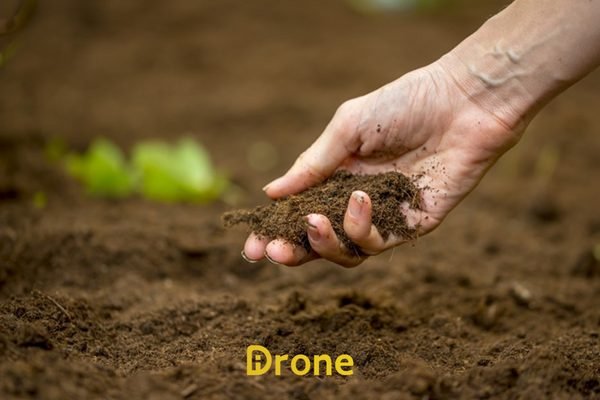
### 1. **Understand Your Local Climate**
Planting calendars should be adapted to local climate conditions. Warmer regions allow for extended growing seasons, while colder areas require more strategic timing.
### 2. **Consider the Moon Phases**
Some gardeners follow lunar planting traditions, believing that certain moon phases enhance plant growth. For example, a waxing moon is often associated with planting fruiting crops, while a waning moon favors root crops.
### 3. **Soil Preparation and Fertilization**
Healthy soil is the foundation of a thriving garden. Conduct soil tests to determine nutrient levels and pH balance. Use organic compost and fertilizers to enrich the soil before planting.
### 4. **Irrigation Strategies**
Watering needs vary by season. In summer, frequent watering is essential to prevent dehydration. During cooler months, reduce watering to avoid root rot.
### 5. **Pest and Disease Control**
Monitor plants regularly for signs of pests and diseases. Implement organic pest control methods and practice crop rotation to reduce the risk of infestations.
## Conclusion
Timing is everything in gardening. By following a well-planned planting calendar, you can ensure that your fruit trees and vegetables grow in optimal conditions, leading to healthy plants and bountiful harvests. Understanding when and how to plant will save time, effort, and resources while maximizing your garden’s potential. With careful planning and attention to seasonal cycles, your garden will thrive year-round.
